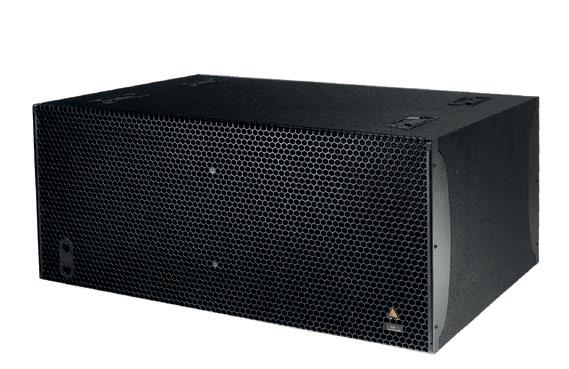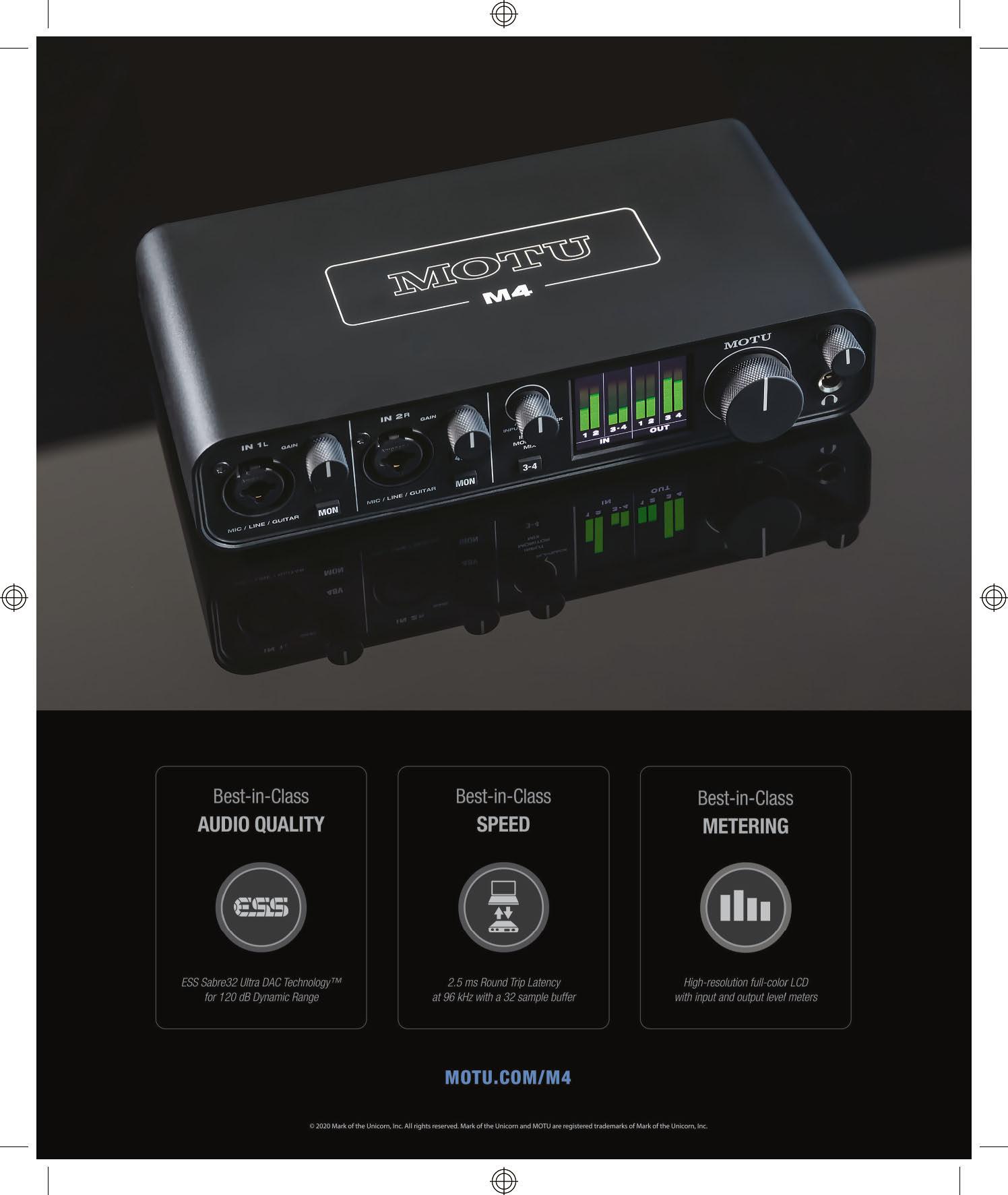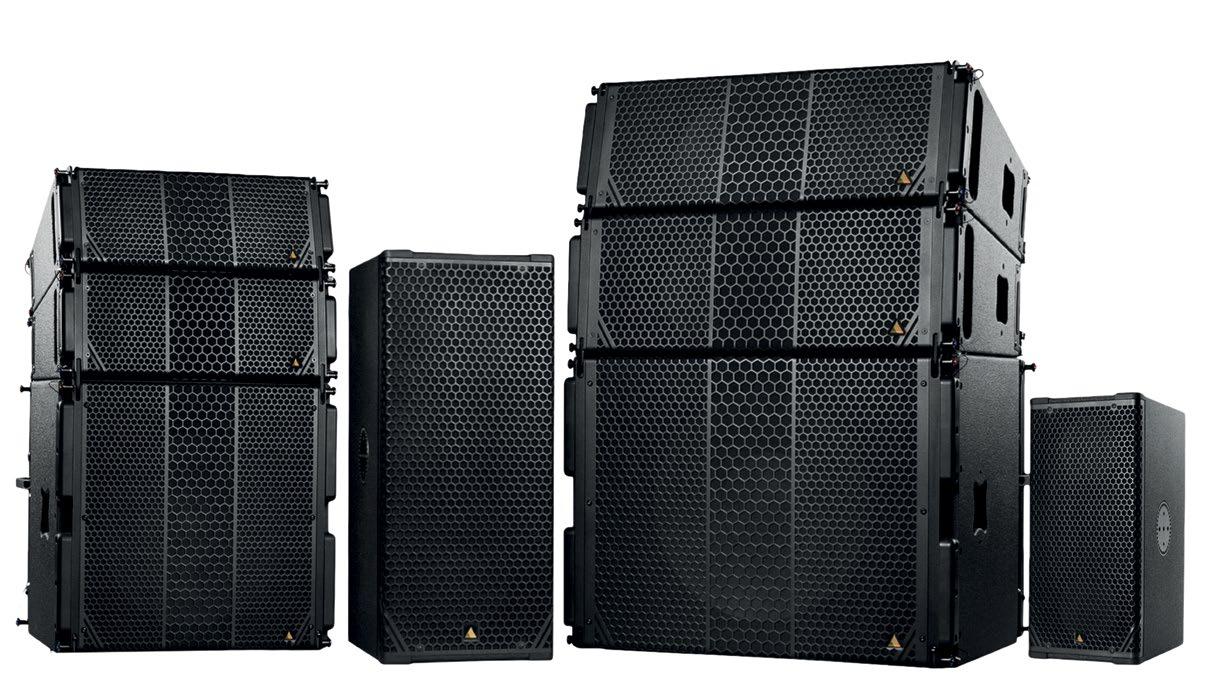
4 minute read
Back Page Blog: A Subscription That
from MIX 526 - Oct 2020
by publications
Tech // back page blog
A Subscription That Keeps Giving; One Night in Sturgis
Mike Levine: Mix Technology Editor, Studio A Nice Subscription Surprise: Although I haven’t completely shied away from software subscriptions, I do have some concerns with the concept. First and foremost is the potential of losing access to plug-ins if your subscription lapses for whatever reason, or if the software company goes belly-up. All of a sudden, the spigot would be turned off, and if you had mixes you needed to recall, you’d have a lot of “plug-in missing” messages. Without those plug-ins, you wouldn’t have total recall.
In this post, I want to discuss another issue with subscriptions: when a company offers a plan that includes third-party software, and later their agreement with the third-party developer ends, causing subscribers to lose access to that plug-in. I had that exact experience when I signed up for a particular company’s bundle. When I subscribed, it included an excellent guitar amp modeling plug-in that I used on tons of projects.
When they informed me that that plug-in would be disappearing from the bundle, I was not a happy camper. Once it was gone, if I needed to recall any of those mixes, I’d have to spend additional time and effort trying to get a similar sound from another modeling plug-in. I would never be able to match it exactly. I ended up buying it.
So you can imagine I was pleased to discover that one of the major companies offering software subscriptions, Plugin Alliance—which is a distributor, rather than a developer—has recognized the potential problem of software dropping out of their bundles. As a result, they’ve included terms into their subscription agreement that help protect their customers from such a scenario. Here’s what they promise:
“Should any plug-in be discontinued for any reason while you have an active plan, you’ll get a lifelong license for that plugin, free of charge, and we’ll provide the legacy installers for you for years (even if a PA partner company went out of business).”
By offering perpetual support for any of the plug-ins in their bundle—as long as you continue to subscribe—Plugin Alliance is showing that they’re serious about building long-term loyalty with their customers.
Product of the Month: Universal Audio Apollo Solo. Universal Audio just released Apollo Solo, a new and affordable desktop interface line. The Solos come in two versions (for Mac, Thunderbolt 3; for Windows, USB 3), both offering the same analog input configuration as the Apollo Twin: two analog input and output channels, including back-panel XLR/1/4-inch mic/ line combo jacks and a front-panel ¼-inch instrument input. The control set includes a large knob on the front for adjusting input and output levels, with six buttons to access highpass filter, global phantom power, pad, polarity reverse and stereo-linking functions. Steve La Cerra: Mix Technology Editor, Live Surviving Sturgis: Each year, roughly 500,000 bikers make the pilgrimage to Sturgis, S.D., for the annual Sturgis Motorcycle Rally. Attendance for 2020 was down due to the pandemic (somewhere between 250,000 and 375,000, depending on who you ask), but you’ll be happy to hear that the city’s liquor store sales raked in almost $430,000—an increase of 26 percent compared to last year.
The Rally attracted a lot of attention, so I called my good friend Carl Davino, Front of House engineer for the band Night Ranger, who played at the Sturgis Buffalo Chip® on August 10 to see how it went.
“The venue pretty much had their act together,” begins Carl. “They had the same crew on for the whole day, so the people who were there for loadin also handled load-out. Everyone backstage was wearing masks, and the venue had a four-tier access pass with a big block letter such as A, B, C or D.
“A was for stagehands, techs and production staff; B was for band and crew; C was for sponsors and promotional people; D was for maintenance support staff and deliveries,” he continues. “It was tight, so if you didn’t have the right pass, you weren’t getting anywhere near backstage. And if you didn’t have the band classification, you weren’t getting on the stage.
“Front-of-house at Buffalo Chip is under a building about 125 feet off the stage, and the audience really can’t get in there anyway. I had 15 feet of clear space around me. The people at the venue drove the lighting guy and myself out to front-of-house before the show, then picked us up after the show and drove us backstage so that we didn’t have to walk through the audience. The venue wasn’t as full as I’ve seen in the past. I’d estimate about 3,500 people, most of them definitely not wearing masks. “The band normally does a sound check, but not on that day. The crew did a line check, and we brought the band over about 20 minutes before set time. They went on stage, did the show, cleaned up after the show, and within about 10 minutes after the show was over they were on their way back to the hotel.”

Product of the Month: Adamson IS219 Subwoofer. The IS219 is a passive subwoofer intended for high-power/high-SPL applications in ground-stacked configurations. Housing two 19-inch Adamson SD19 Kevlar Neodymium LF drivers, each utilizing a dual 5-inch voice coil designed for long excursion. SD19 drivers employ Adamson’s Advanced Cone Architecture to raise the frequency of radial cone modes and linearize frequency response of the Kevlar cone, while maintaining high stiffness and low mass. Nominal impedance of the IS219 is 4 Ohms, and frequency response is stated as 29 Hz to 100 Hz, ±3 dB. Maximum SPL is said to be 143 dB.







